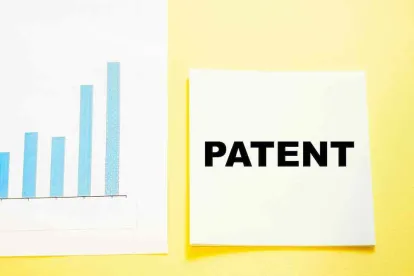In Flex Logix Techs. Inc. v. Venkat Konda, PGR2019-00037, Paper 37 (Mar. 16, 2021), the Patent Trial and Appeal Board found the patent owner’s proposed amended claims unpatentable, in large part because the patent owner did not sufficiently respond to the Board’s preliminary guidance.
Background
Flex Logix Technologies Inc. filed a post-grant review petition challenging the validity of Venkat Konda’s ’533 patent, which relates to a multi-stage interconnection network involving integrated circuits and hierarchical networks. Flex Logix challenged all claims of the ’533 patent on indefiniteness, written description, and enablement grounds.
After institution, Venkat Konda did not file a Patent Owner’s Response, instead choosing to file a motion to amend. The Board provided preliminary guidance under the Motion to Amend Pilot Program,[1] identifying areas of concern regarding patentability of the proposed amended claims.
Venkat Konda filed a revised contingent motion to amend, which Flex Logix opposed.
Final Written Decision
In its Final Written Decision, the Board agreed with the petitioner that the challenged claims were indefinite, lacked adequate written description, and were not enabled.
Specifically, the Board determined that the term “multiplexer,” used throughout the claims, was not clear. Combined with a lack of antecedent basis, the claims left the skilled artisan unable to determine whether the claims required one or more “multiplexers.” Further, the Board found, the skilled artisan would have understood the claims to require additional limitations that were not disclosed, namely single-stage subnetworks. And because single-stage subnetworks were not disclosed, the Board found, the ’533 patent did not teach multiple subnetworks as required by its claims.
Having found the challenged claims unpatentable, the Board considered the patent owner’s proposed substitute claims. Even after receiving preliminary guidance from the Board, the patent owner’s revised motion to amend continued to suffer from many of the same deficiencies as its original motion to amend. Ultimately, in the Board’s view, the patent owner did not show that (1) the original disclosure supported the proposed claims; (2) the proposed claims responded to a ground of unpatentability discussed; and (3) the proposed claims do not introduce new subject matter.
In its original motion to amend, the patent owner provided block citations to large portions of text in the ’533 patent’s disclosure, without explaining how the citations supported the proposed claims. In its preliminary guidance, the Board advised the patent owner to explain how the cited portions of the disclosure support the substitute claims. In its revised motion to amend, the patent owner failed to remedy this deficiency, and the Board again found that the citations did not provide an adequate explanation as to how the original disclosure supported the claims.
Additionally, the Board determined that the proposed claims did not respond to a ground of unpatentability. Despite the Board reminding the patent owner of this requirement in its preliminary guidance, the patent owner conclusorily stated in its revised motion to amend that the proposed claims responded to unpatentability grounds, with insufficient explanation regarding how.
Further, the Board’s preliminary guidance determined that some of the proposed claims appeared to be broadening amendments to the original claims, and further that the patent owner had not provided a sufficient explanation of why the claims were not broadening. Even with the Board’s preliminary guidance on this issue, the patent owner again provided insufficient explanation in its revised motion to amend, asserting without support that the scope of the proposed claims was equivalent to that of the original claims.
Finally, the Board determined that the proposed claims were unpatentable as indefinite, relying on similar arguments to those it had used to find the original claims unpatentable.
[1] More information on the first year of the PTAB’s Motion to Amend Pilot Program can be found here.



 />i
/>i

